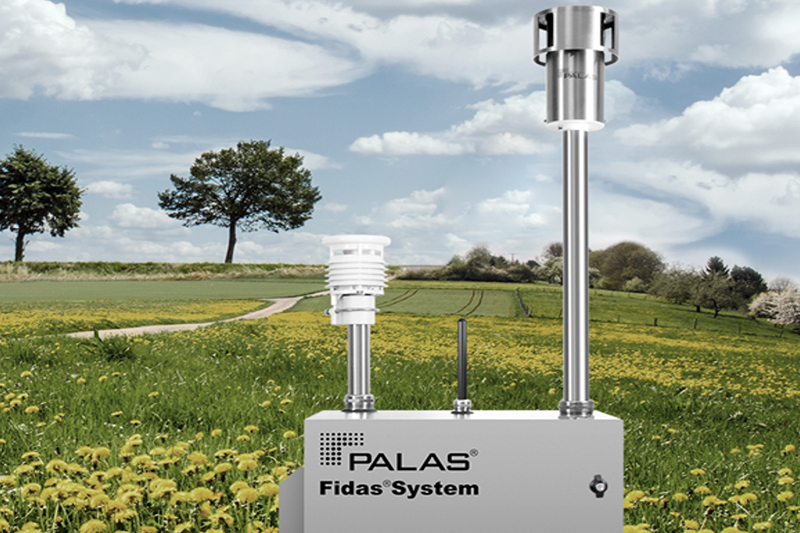INDOOR AIR QUALITY MONITORING
Indoor air quality (IAQ) broadly refers to the Environmental characteristics inside buildings that may affect human health, comfort, or work performance. These IAQ characteristics include the concentrations of pollutants in indoor air, as well as noise, air pressure, lighting, temperature, and humidity. Effective measurement of IAQ reduces the health risks associated with poor indoor air, creating a safer, more harmonious Environmental for people to thrive.
Indoor air pollution carries significant short and long-term health risks for inhabitants. Typical symptoms associated with poor indoor air quality include eye, nose, and throat irritation, headache, nausea, dizziness, and fatigue. In some cases, exposure to indoor air pollution can lead to acute and chronic respiratory illnesses, including asthma, lung cancer, pneumonia, systemic hypertension, chronic obstructive pulmonary disease (COPD), Legionnaires disease, and humidifier fever. See below for a table of major sources and potential health effects of indoor air pollution.
Poor indoor air quality in the workplace can contribute to decreased productivity, absenteeism, and even possible litigation. By effectively monitoring indoor air quality, employers are able to ensure workers can enjoy healthier spaces with cleaner air, free from potentially harmful chemicals and pollutants. As a result, employers report higher retention levels, increased productivity, and a reduction in absenteeism.
Common sources of poor indoor air quality include insufficiently maintained HVAC systems, wood and coal stoves, non-vented gas heaters, Environmental tobacco smoke, and vehicle exhaust emissions. When designing or managing a building, it’s important to note things like materials used in construction, carpeting, furniture, and choice of solvents or cleaning supplies. Inadequate ventilation is particularly crucial, as poorly ventilated spaces (along with Environmental factors such as temperature and humidity) can amplify the pollutant concentration.
Accurate indoor air quality monitoring alerts residents and building owners to the level and nature of pollution, enabling corrective action.
Traditionally, indoor air quality is measured in response to a noticeable problem or complaint. These problems are then investigated to determine the cause and make corrections so the air quality is improved.
Today, indoor air quality is also measured continuously and proactively to ensure that good air quality is maintained for the health, safety and comfort of a building's inhabitants.




